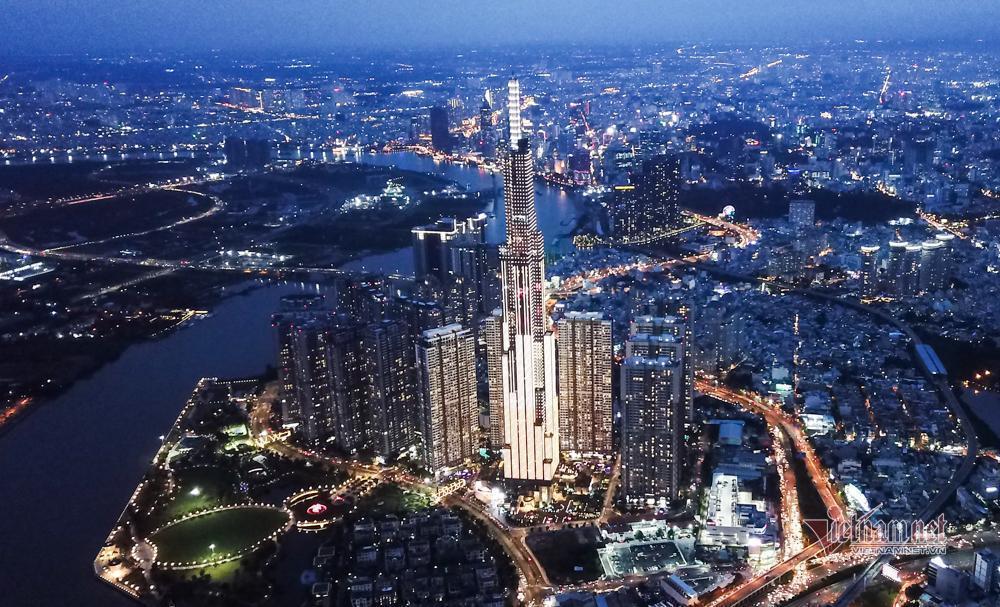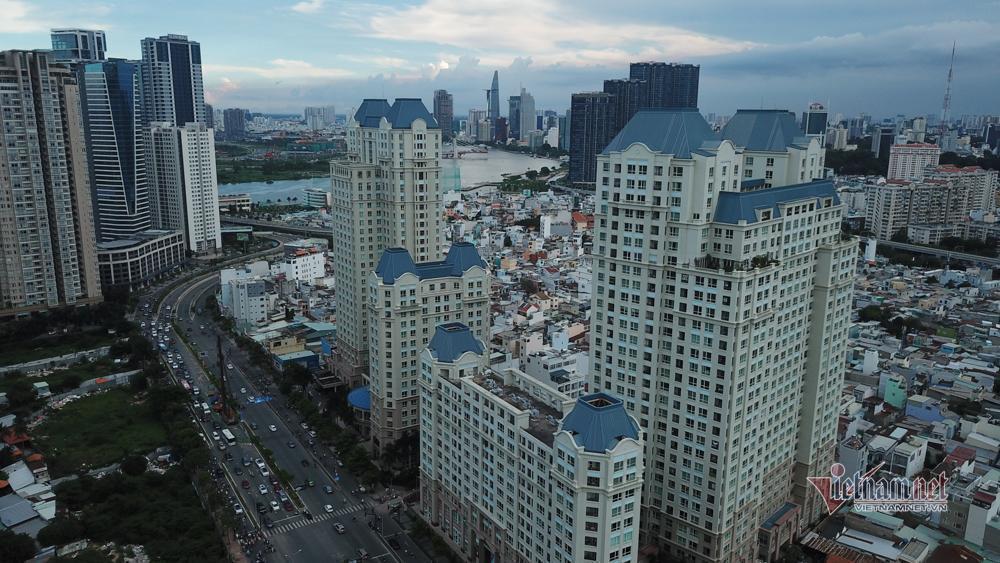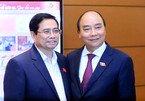In general, the administrative system at the central level with 48 ministries and ministerial-level agencies before the Doi Moi period was merged with 41 ministries after the 1992 Constitution, 26 in 2007, 22 in 2011.
Of these, 12 ministries were created through the merger, while 10 were not merged. Among merged ministries, four old ministries merging in one new ministry was the average. The Ministry of Industry and Trade had the highest number of ministries to merge.
The current Ministry of Industry and Trade consists of 10 former ministries, including seven industry ministries, the Ministry of Internal Trade, the Ministry of Foreign Trade, and the Central Steering Committee for Market Management.

The cumbersome process of mergers before the Doi Moi period and now at the central level is considered to be about the same.
All seven General Departments directly under the government were merged with new ministries.
The General Department level was abolished at the Ministry of Public Security, and the number of General Departments did not increase in the Ministry of National Defense. The Ministry of Natural Resources and Environment has the highest numbers of General Departments – five, followed by the Ministry of Agriculture and Rural Development with four. Some ministries have only one General Department, while some ministries have no General Department.
In general, before Doi Moi, there were 48 ministries and general departments, and at present there are 22 ministries and 24 general departments, a reduction of two.
The biggest success in this process was the transfer of 48 single-sector managing ministries into 22 multi-sector ministries. The current 22-ministry system has existed for more than 10 years.
There have been requests for a merger of the Ministry of Construction and the Ministry of Transport, and the Ministry of Planning and Investment and the Ministry of Finance, but it appears to be less convincing.
To be or not to be is always the question of revolution, reform and development. Irrationalities have emerged in the apparatus that has existed for 10 years, that need to be resolved. If the merger of ministries is impossible, which administrative apparatus reform model will exist in the future?
Around the world, each country has its own appropriate model of administrative apparatus. For France, it is the model of Prime Minister at the head of the cabinet, and ministers, including junior and senior minister.

For America, the President leads the cabinet, and the cabinet works as the advisory council for the President.
China employs a government structure including the Prime Minister, 28 ministries and ministerial-level agencies, and 13 affiliated organizations.
Although having different administrative apparatus, many countries, including Vietnam, have a few ministries with the same name as other countries' ministries, such as the Ministry of Foreign Affairs, Ministry of Defense, Ministry of Justice, Ministry of Home Affairs, Ministry of Finance, Ministry of Labor, Ministry of Transport, and Ministry of Education.
The diversity of the models of administrative apparatus in the world also includes smaller ministries, such as the Small Business Administration in the US, the Ministry of Overseas in France, and the Ministry of Planning-Investment in Vietnam.
The diversity of models of administrative systems in the world is room for Vietnam to continue its reform.
The existing ministries of Vietnam and many countries have demonstrated global universality. At the same time, unique ministries of Vietnam (such as the Ministry of Planning and Investment), or others rare in the world (such as the State Bank) are promoting their role in the strategy of transforming the planning to a market economy under the State management, so they need to be improved and developed in a stable manner.
The Ministry of Agriculture and Rural Development, Ministry Industry and Trade, Ministry of Transport and Ministry of Construction were restructured in the Doi Moi era. Practice has proven that the restructuring has been both appropriate and inappropriate.
It is late but it is time to eliminate inappropriate changes and create a new apparatus.
Dr. Dinh Duc Sinh

Further administrative reform needed
Vietnamese people and businesses are still struggling with administrative procedures and are being held back by an unstable business environment.

Government of new term to pursue reform, taking action
Former Prime Minister Nguyen Xuan Phuc has left an indelible mark on the socio-economic development of the country. The newly-elected Prime Minister Pham Minh Chinh will continue that strong reform thinking.